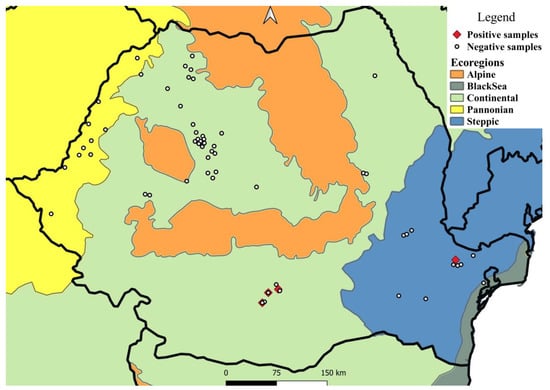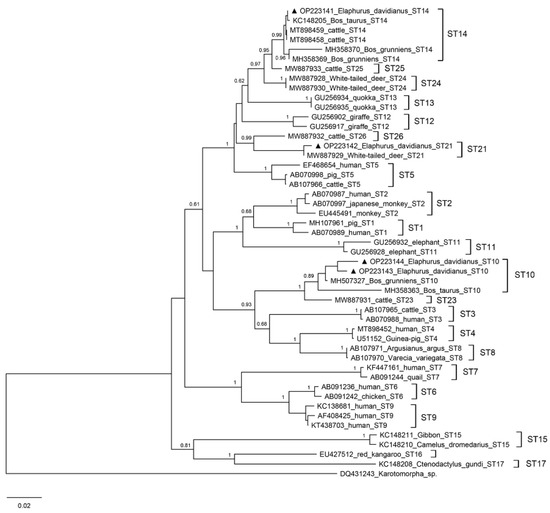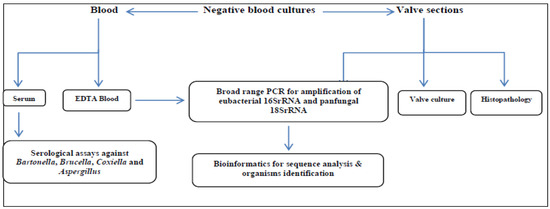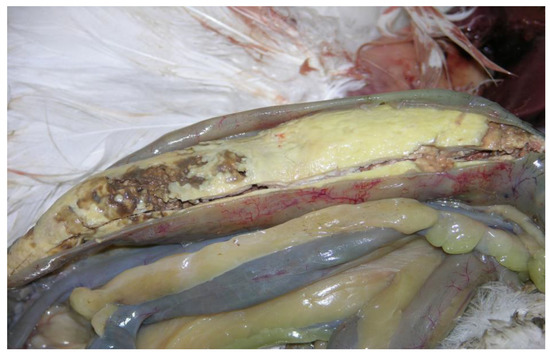Pathogens 2022, 11(11), 1226; https://doi.org/10.3390/pathogens11111226 - 24 Oct 2022
Cited by 4 | Viewed by 2879
Abstract
The study aims to characterize community-acquired sepsis patients admitted to our 1300-bedded tertiary care hospital in South India from the Surviving Sepsis Campaign (SSC) guideline-compliant e-sepsis registry stratified by focus of infection. The prospective observational study recruited 1009 adult sepsis patients presenting to
[...] Read more.
The study aims to characterize community-acquired sepsis patients admitted to our 1300-bedded tertiary care hospital in South India from the Surviving Sepsis Campaign (SSC) guideline-compliant e-sepsis registry stratified by focus of infection. The prospective observational study recruited 1009 adult sepsis patients presenting to the emergency department at the center based on Sepsis-2 criteria for a period of three years. Of the patients, 41% were between 61 and 80 years with a mean age of 57.37 ± 13.5%. A total of 13.5% (136) was under septic shock and in-hospital mortality for the study cohort was 25%. The 3 h and 6 h bundle compliance rates observed were 37% and 49%, respectively, without significant survival benefits. Predictors of mortality among patients with bloodstream infections were septic shock (p = 0.01, OR 2.4, 95% CI 1.23–4.79) and neutrophil-to-lymphocyte ratio (p = 0.008, OR 1.01, 95% CI 1.009–1.066). The presence of Acinetobacter (p = 0.005, OR 4.07, 95% CI 1.37–12.09), Candida non-albicans (p = 0.001, OR16.02, 95% CI 3.0–84.2) and septic shock (p = 0.071, OR 2.5, 95% CI 0.97–6.6) were significant predictors of mortality in patients with community-acquired pneumonia. The registry has proven to be a key data source detailing regional microbial etiology and clinical outcomes of adult sepsis patients, enabling comprehensive evaluation of regional community-acquired sepsis to tailor institutional sepsis treatment protocols.
Full article
(This article belongs to the Special Issue Viral Diseases, Bacterial Infections, and Antimicrobial Resistance)
►
Show Figures







